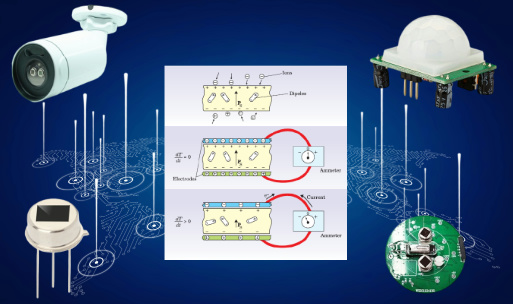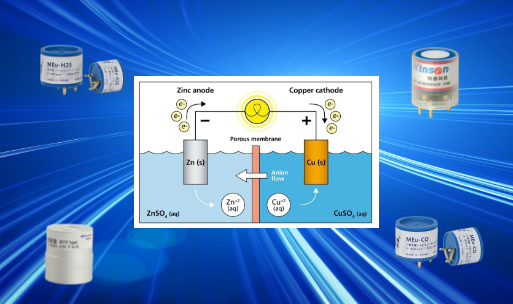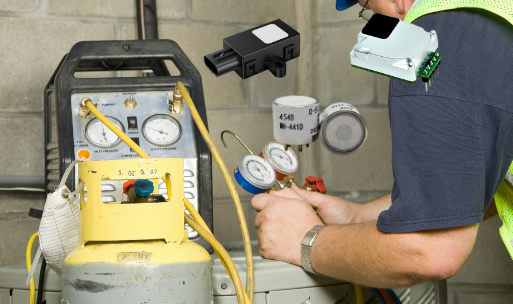Fire is a burning phenomenon in air or oxygen, emitting heat, smoke. According to its characteristics, the flame can be divided into premixed flame and diffusion flame.
The fuel and oxides of the premixed flame are fully mixed before the combustion reaction, and the combustion speed is constant, which can only be realized in the laboratory environment. The fuel and oxides of the diffusion flame are separated before the combustion reaction. Due to the insufficient combustion reaction, the flame generally appears yellow and accompanied by smoke. Most of the fires that need to be monitored in actual production and life are mainly diffusion flames.
According to the wave characteristics of flame, there are 3 types of flame detectors on the market:
- Ultraviolet flame detector sensitive to the ultraviolet radiation with shorter wavelength.
- Infrared flame detector sensitive to infrared light radiation with longer wavelength.
- UV/IR hybrid flame detector simultaneously detects both the shorter wavelength ultraviolet and the longer infrared wavelengths.
Among them, the multi-spectral infrared flame detector is a new optical flame detector. It uses advanced infrared sensing technology (MIR) and uses three infrared flame sensors with narrow-band filtering for different wavelengths: one of the sensors responds to the central wavelength of flame, and the other two sensors monitor other infrared radiation in the environment. Combining the flickering characteristics of the flame, through calculation and analysis, only the radiation spectrum that conforms to the flame characteristics will be confirmed as a fire alarm, and interference factors of false fire alarm will be excluded.
Infrared Pyroelectric Flame Sensor
Pyro-electric flame sensor uses lithium tantalate single crystal as the sensitive element. The Curie temperature of lithium tantalate crystal material is above 600℃, the relative dielectric constant is small, and the specific detectivity is high.
In a wide range of room temperature, the pyroelectric coefficient of the material changes very little with temperature, and the temperature change rate of the output signal is only 1-2‰. The temperature stability of the sensor performance is very good, and the spectral response consistency is excellent in the wavelength range of 1-20um.
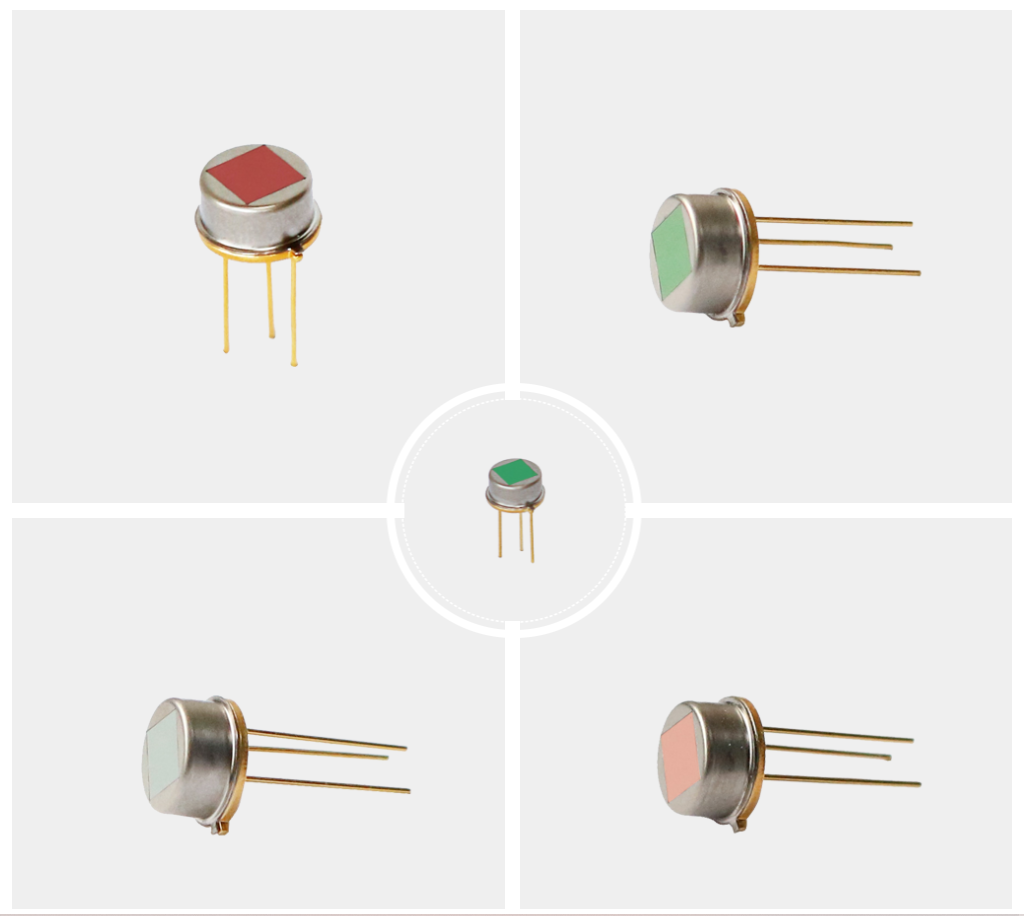
| Technical Parameters | |||||
| Winsen module | RD-913FB1 | RD-913FB2 | RD-913FB3 | RD-913FB4 | RD-913FB5 |
| WIndow size | Φ6.0mm | Φ6.0mm | Φ6.0mm | Φ6.0mm | Φ6.0mm |
| Element size | Φ2.5mm | Φ2.5mm | Φ2.5mm | Φ2.5mm | Φ2.5mm |
| Filter central wavelength | 3.8mm | 4.3mm | 5mm | 4.4mm | 4.45mm |
| Electrical time constant | 5s | 5s | 5s | 5s | 5s |
| Heat time constant | 200ms | 200ms | 200ms | 200ms | 200ms |
| Source voltage | 0.4-0.7V | 0.4-0.7V | 0.4-0.7V | 0.4-0.7V | 0.4-0.7V |
| Working voltage | 2-15V | 2-15V | 2-15V | 2-15V | 2-15V |
| Recommend voltage | 3-5V | 3-5V | 3-5V | 3-5V | 3-5V |
| Singnal output Vo (500K, 10HZ, 25℃) |
2.9±10%V | 4.5±10%V | 2.8±10%V | 3.0±10%V | 3.6±10%V |
| Output noise voltage Vn (10HZ, BW1HZ, 25℃) |
≤150mV | ≤150mV | ≤150mV | ≤150mV | ≤150mV |
| Voltage response ratio (500K, 10HZ, 25℃) |
≥500V/W | ≥500V/W | ≥500V/W | ≥500V/W | ≥500V/W |
| Field of view | >115° | >115° | >115° | >115° | >115° |
| Detection distance | 35-50m | 35-50m | 35-50m | 35-50m | 35-50m |
| Operating temperature | -30 ~+75℃ | -30 ~+75℃ | -30 ~+75℃ | -30 ~+75℃ | -30 ~+75℃ |
| Storage temperature | -40~80℃ | -40~80℃ | -40~80℃ | -40~80℃ | -40~80℃ |
| Notes: Tester magnification 80dB | |||||
Infrared Photoelectric Sensor
The uncooled lead selenide (PbSe)/lead sulfide (PbS) sensor is a lead salt infrared photoelectric sensor. Its working principle is based on the photoconductive effect of semiconductor materials, which converts infrared radiation to electrical signals.
- PbSe sensors have strong absorption and response in the near and mid-infrared spectral bands(1.0-5.0um). The sensors are widely used in infrared gas detection, flame and high temperature detection.
- PbS sensors respond mainly to short infrared wavelength(1.0-3.0um) , widely used in flame and high temperature detection.
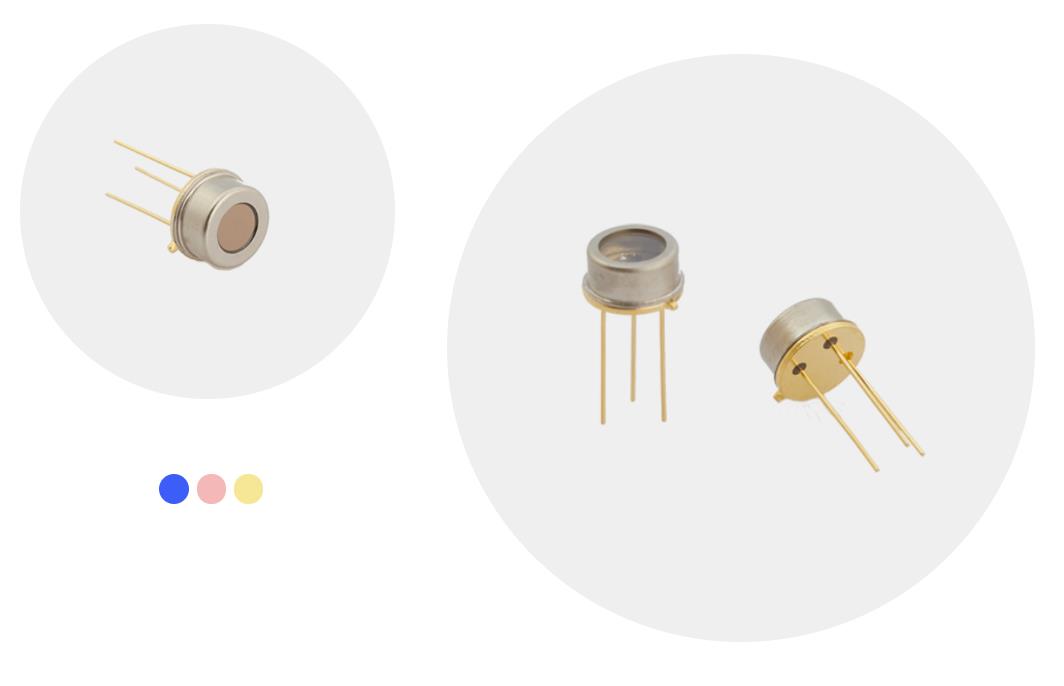
| Technical Parameters | PbSe Sensor | PbS Sensor |
| Photosensitive area | 2×2㎜² | 2×2㎜² |
| Response wavelength range | 1-5μm | 1-3μm |
| Peakwavelength | 3.8μm | 2.7μm |
| Responsetime | 20μs | 200μs |
| Peak responsivity | 4*104V/W | 4*105V/W |
| Peaknormalizeddetectionrate | 1*1010cm·Hz½/W | 1*1011cm·Hz½/W |
| Dark resistance | 1~10MΩ | 0.3~3MΩ |
| Operating temperature | -30~60℃ | -30~60℃ |
